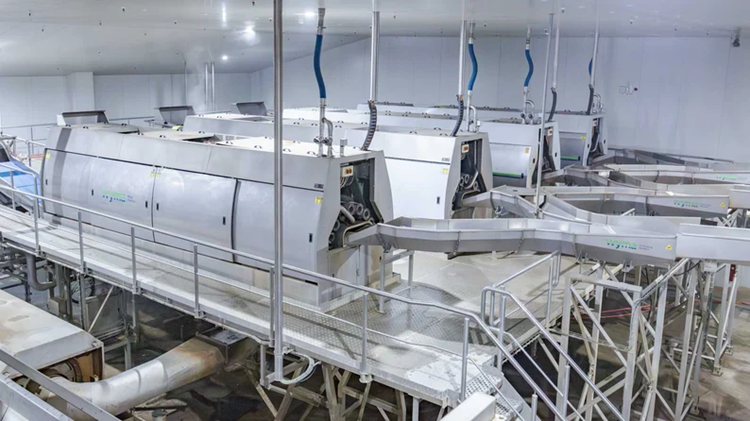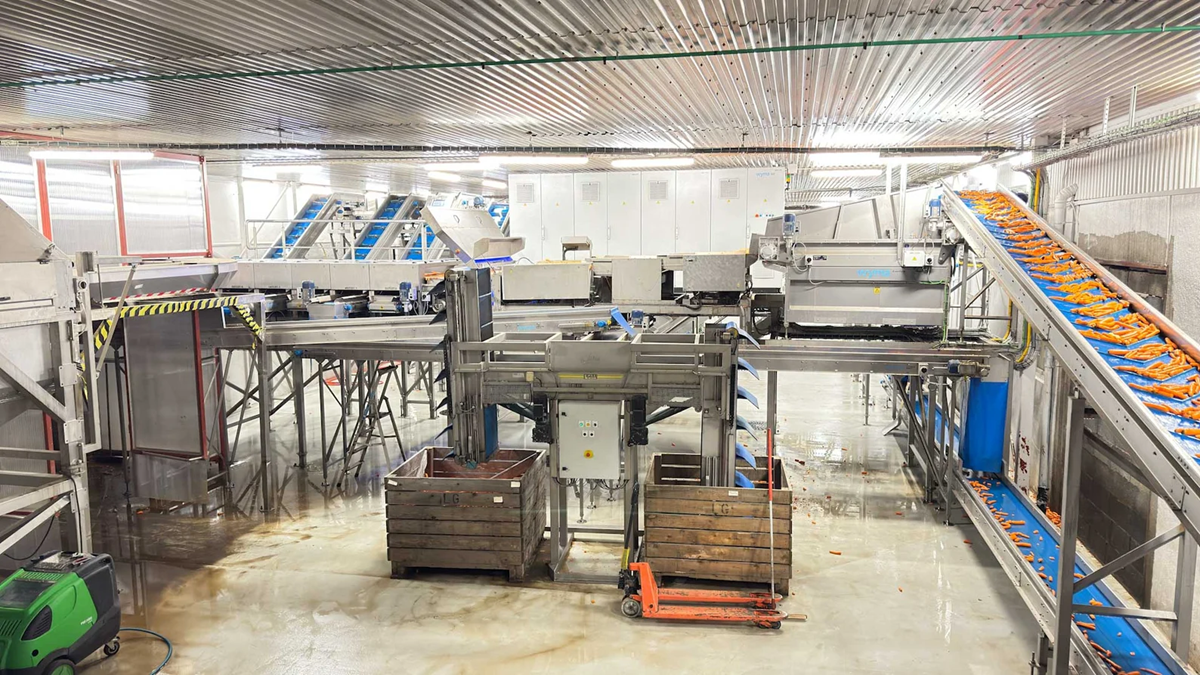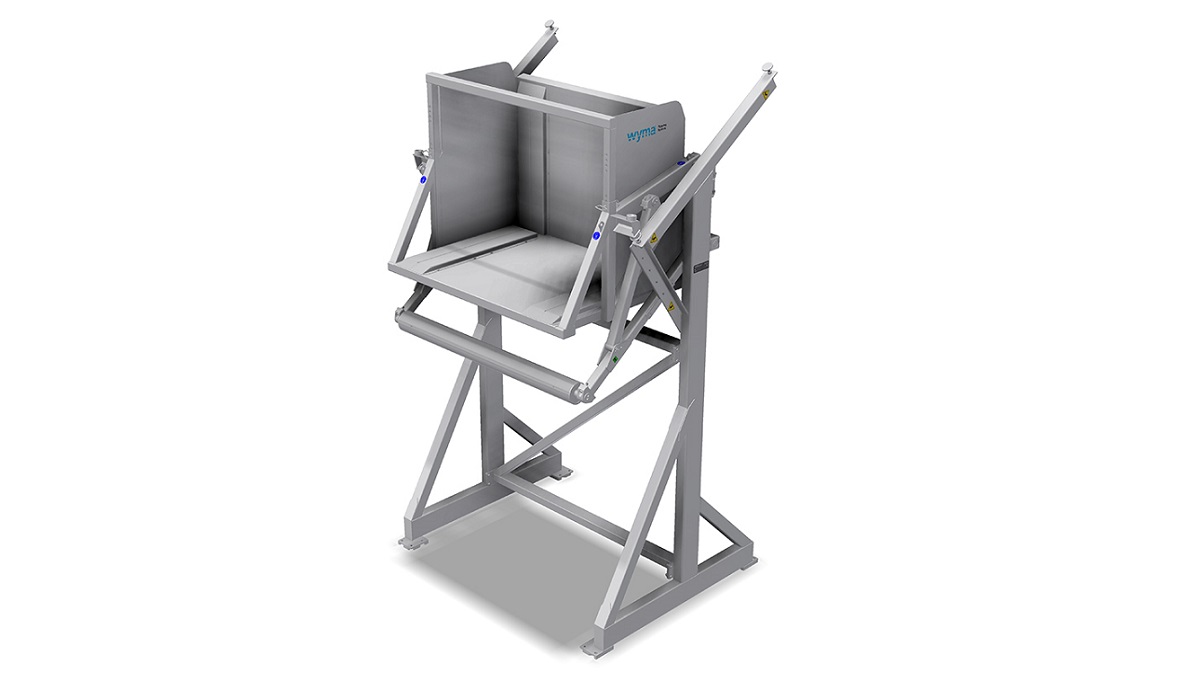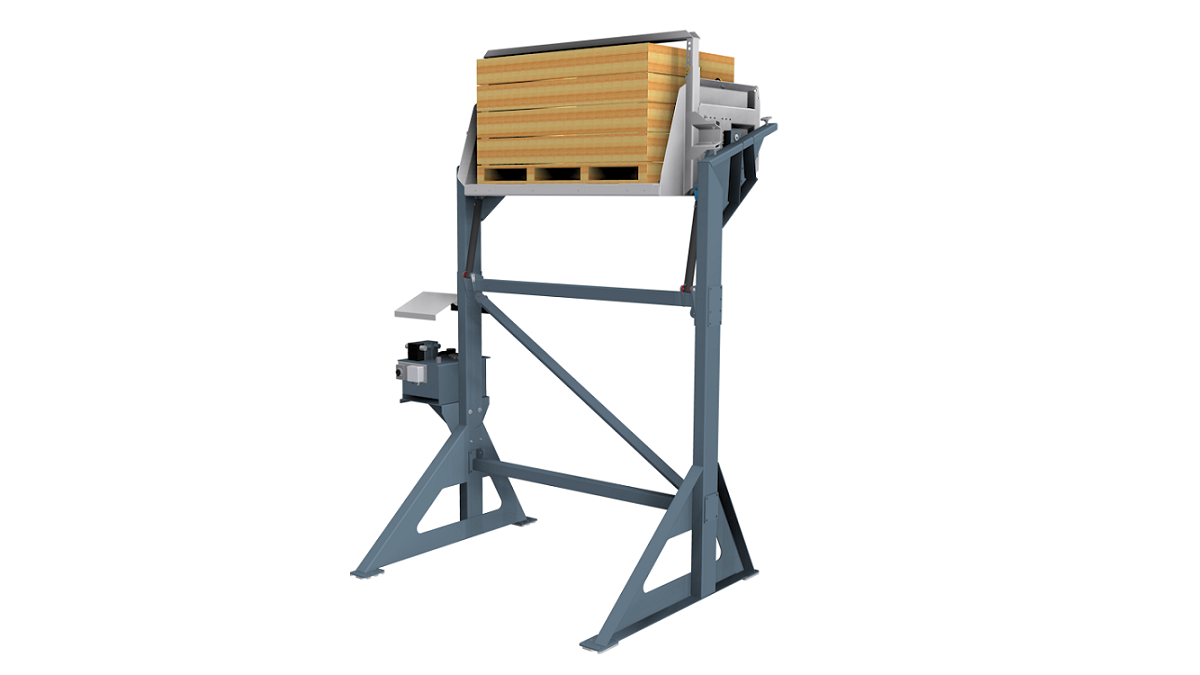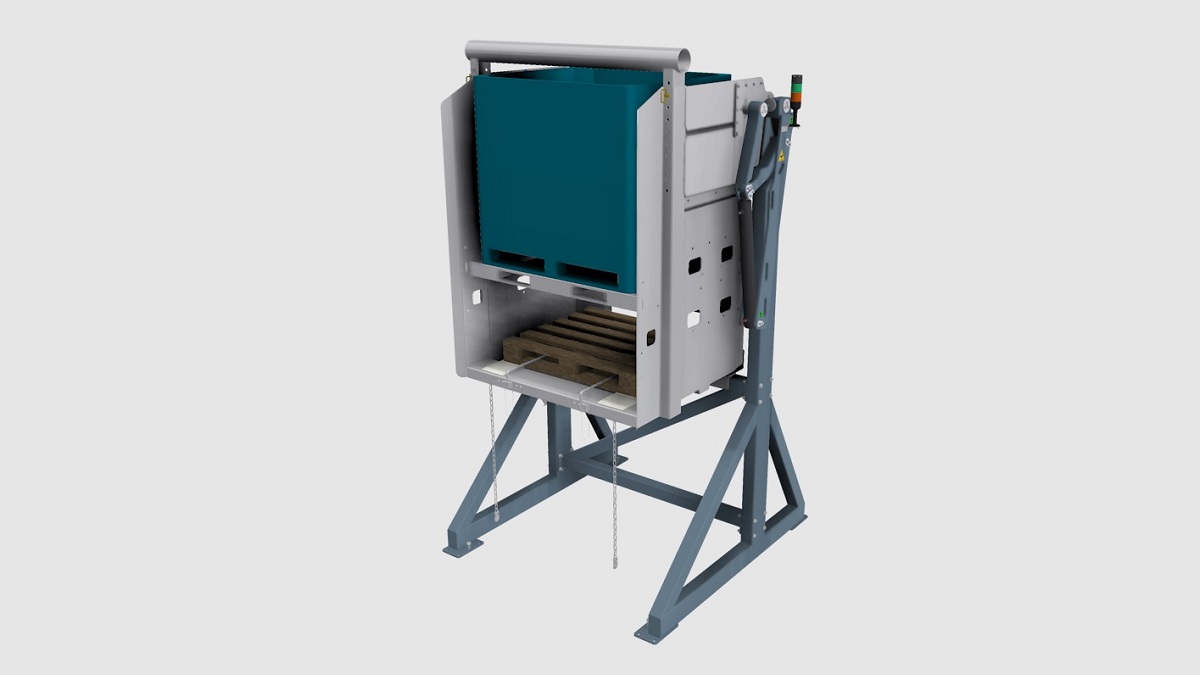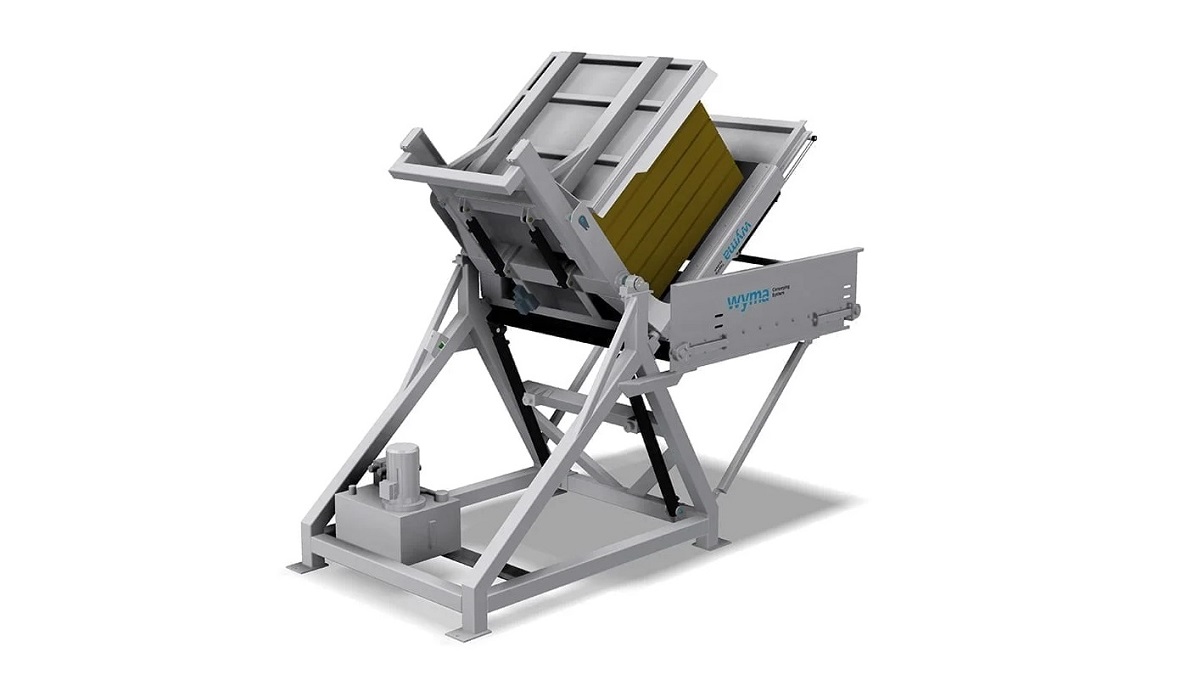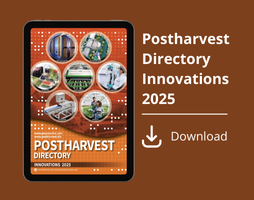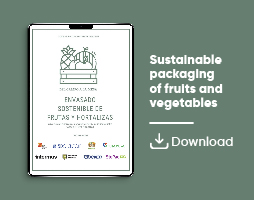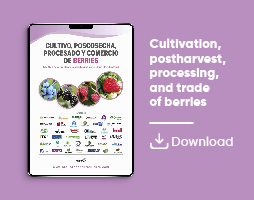

Wyma Solutions
Conditioning
Cool Fast, Waste Less: The Case for Hydro-Cooling
Hydro-cooling helps processors cut waste, extend shelf life, and boost product quality. In this article, Wyma Solutions explores the science behind it, real-world results, and why fast, even cooling matters more than ever
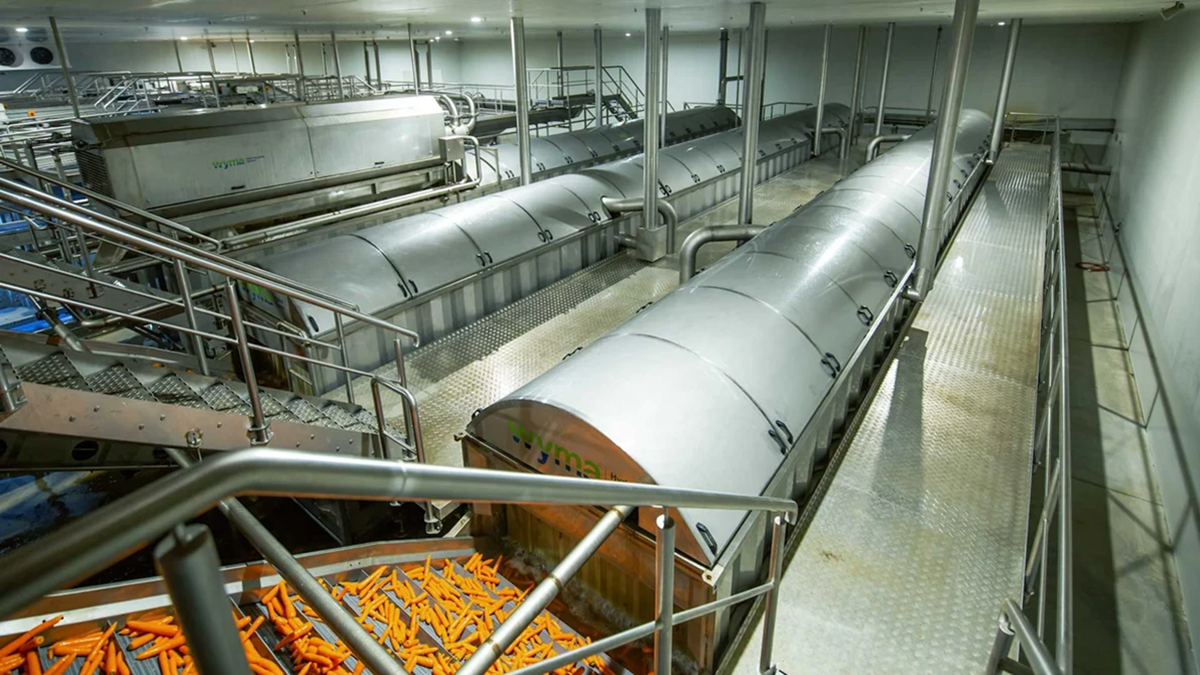
Each year, nearly half of all fruits and vegetables harvested globally never make it to a plate. That is a staggering 1.3 billion tonnes of loss, not just in food, but in energy, water, and labour. In an industry driven by tight margins and rising expectations, reducing that loss is not only an environmental imperative, it is an economic opportunity.
One of the most effective ways to preserve quality and prevent post-harvest deterioration is also one of the most overlooked: rapid, uniform cooling. When it comes to speed, consistency, and efficiency, hydro-cooling outperforms the alternatives.
Why Cooling Is the First Line of Defence Against Waste
After harvest, produce continues to respire, drawing on internal reserves of moisture and nutrients. Without the protective effect of transpiration, this leads to senescence: a cascade of processes that degrade quality, accelerate decay, and ultimately result in product loss.
The most effective way to interrupt this cycle is by removing field heat as quickly as possible. The concept of ⅞ Cooling Time, developed by researchers at the University of Florida, defines this as the removal of 87.5% of a crop’s field heat. This is the threshold at which respiration slows and quality stabilises. Any delay increases risk. Every extra hour at elevated temperatures shortens shelf life and chips away at saleable yield.
Why Hydro-Cooling Wins on Speed and Efficiency
Compared to air, water has a volumetric heat capacity that is up to 3,500 times greater. That means it can extract heat far more efficiently, particularly when applied in high-contact, fast-moving systems like hydro-coolers.
Hydro-cooling works by either showering produce with chilled water or fully submerging it, creating an even, rapid temperature drop. The result is that field heat is stripped out faster, and the produce enters the next stage of processing in prime condition.
A 2023 study on carrot weight loss across different cooling methods illustrates the impact. After nine days:
- Hydro-cooled carrots stored at low temperatures lost just 8.1% of their weight.
- Non-cooled carrots lost over 20%.
- Even non-cooled carrots kept at low temperatures fared significantly worse than their hydro-cooled counterparts.
Weight loss is not just a quality issue. It is lost revenue. For processors exporting into competitive markets, shelf life and weight stability directly affect sales price, reject rates, and customer satisfaction.

The Wider Impact: Food Waste and Carbon Emissions
Food waste is not just bad for business. It is also a major contributor to global emissions. If food waste were a country, it would be the third-largest emitter of greenhouse gases after China and the United States. Over 20% of food loss occurs at the post-harvest handling and storage phase. This number can be significantly reduced through better temperature control.
By extending produce life, hydro-cooling enables longer distribution chains, lowers spoilage rates, and supports greater access to secondary and export markets. It also contributes to sustainability targets.
Design Matters: Immersion vs. Shower Systems
The effectiveness of a hydro-cooling system depends heavily on its configuration:
- Shower systems are ideal for lines that require high throughputs and minimal footprint.
- Immersion systems, especially those with circulating chilled water, offer even faster cooling and more gentle handling. This makes them ideal for crops sensitive to bruising or desiccation.
Wyma’s full-immersion hydro-coolers, for example, enable uniform, surface-wide cooling while preserving internal moisture. In some cases, slightly wilted produce can even be revived through hydro-cooling. This is a capability that is impossible with air-based methods.


Beyond the Cooling Tunnel: Integration and ROI
While cooling itself is critical, the real return on investment comes when it is integrated seamlessly into a larger post-harvest solution. Factors like dwell time, line layout, water recycling, and equipment hygiene all play a role in performance.
Modern processors are increasingly looking for solutions that:
- Fit within existing site constraints
- Allow for modular upgrades
- Meet growing environmental compliance standards
- Support reduced labour requirements through automation
Hydro-cooling meets all of these requirements. With the right design and integration, it becomes a powerful tool not just for quality preservation, but for operational and environmental optimisation.
Hydro-cooling is more than a solution. It is a competitive advantage. Whether you are shipping carrots across Europe or trying to meet tighter retail specifications, rapid, reliable cooling can be the difference between a premium product and a costly write-off.


